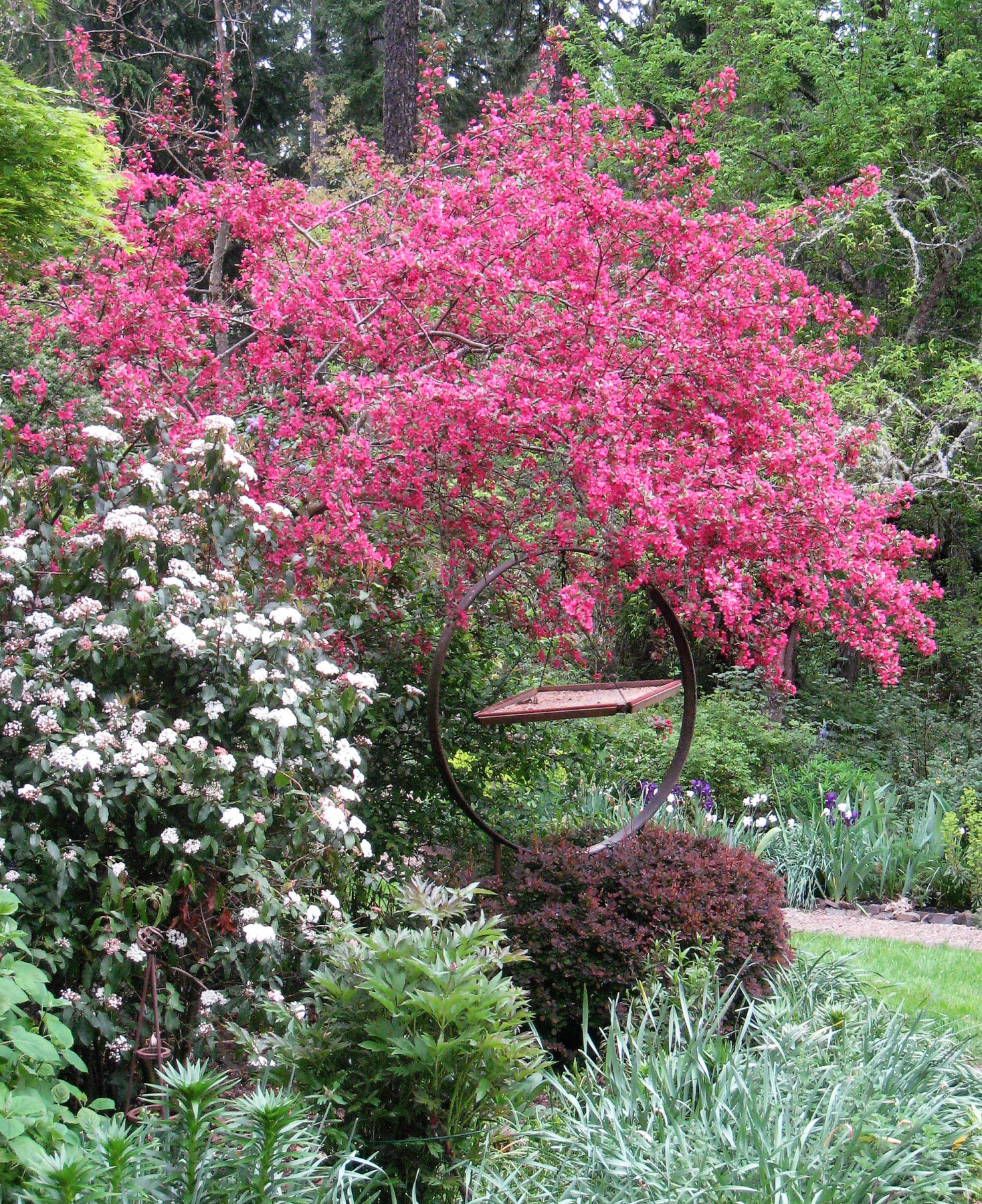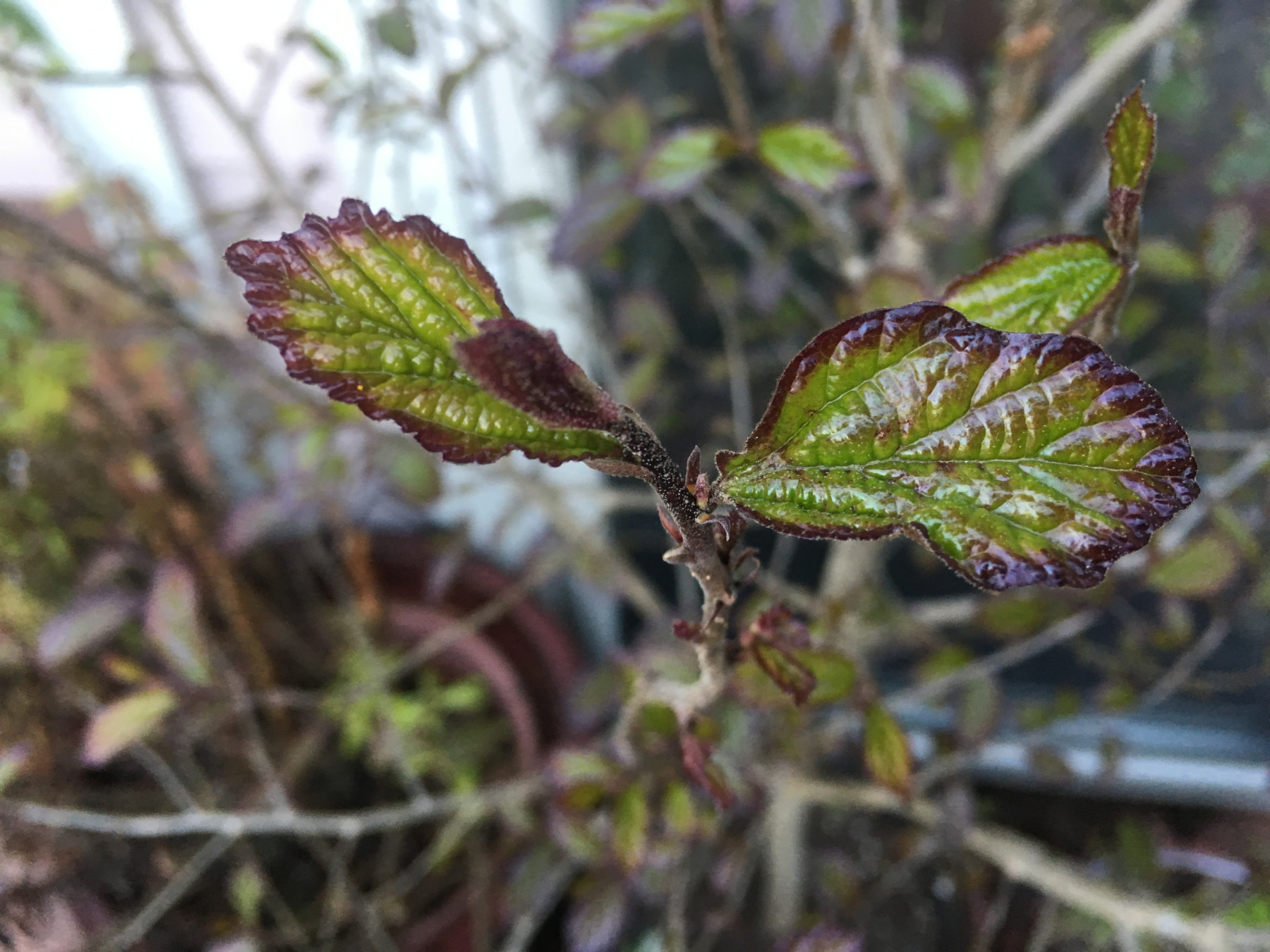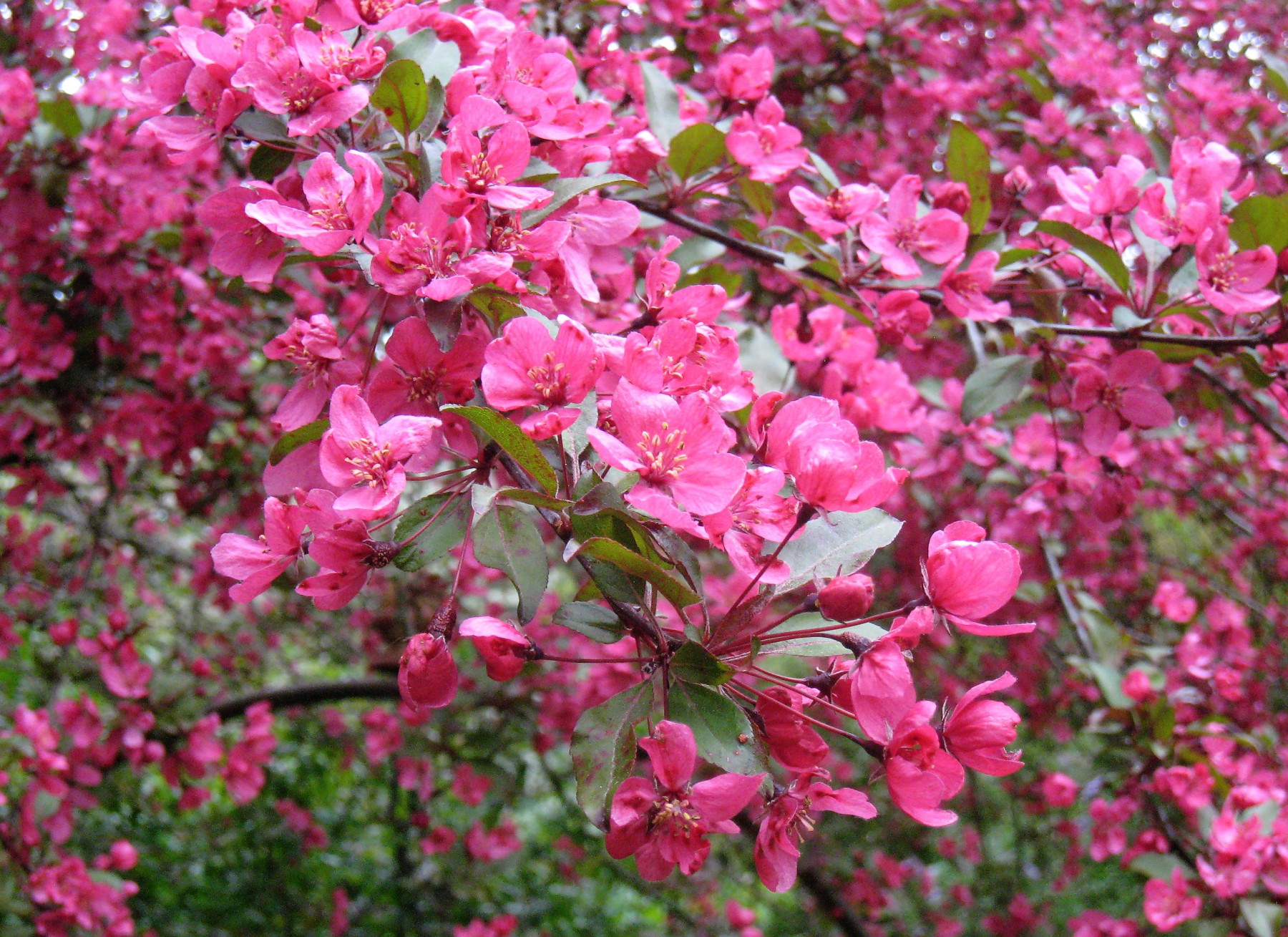
This coming spring is the perfect time to add trees to your garden. And as you decide what to plant, have you considered allergies? Allergies, especially to windborne pollen, are on the rise around the world. But Thomas Ogren says you can create a garden full of low-allergy trees and other plants—and he should know. He’s the author of The Allergy-Fighting Garden.
Tom has made it his life’s work to study which plants will have a lower allergic reaction, and which to avoid. It’s about botanical sex. Males are the pollen producers. Females are the pollen catchers. And some plants have very little pollen at all. If a plant has fruit—it’s usually female. If a flower has complicated petals, most likely it will have little pollen.
But these are not hard and fast rules. For instance, roses have many petals and low pollen counts, but chrysanthemums have complicated flowers and are high pollen spreaders.
Tom created the Ogren Plant Allergy Scale (OPALS) that rates over 5000 trees shrubs, flower, and grasses from 1 (low) to 10 (high). It’s worth checking the OPALS numbers on trees you’re considering. And if you have a choice, go for those that are lower on the scale.

While wafting pollen is often an allergy trigger, many city planners prefer male trees because they don’t want to deal with the fruit from female trees. This makes sense with a gingko—the fruit smells absolutely rotten—but many others have beneficial fruits, nuts, seeds, or nothing at all. “Increased canopy is a worthy urban goal,” Tom says. “Greenery makes cities so much more livable, enjoyable, better in so many ways, but now is the time to stop planting so many allergenic species and selections.”
And the bonus? Female trees attract pollinators. “Almost all of the all-male selections provide no food for insects at all, nor do they have any nectar sources,” Tom says. “In urban areas, wildlife is dependent on the urban forest and under-forest. When you plant millions of trees and shrubs that make no fruits, no berries, no seeds, they provide no edible pollen or nectar. Well, I can only speculate on the effects on wildlife, but it’s not good.”

So, what trees fall on the lower end of the scale? Evergreens, such as magnolias, true cedars, spruce, and fir, have numbers in the 2-6 range. Fruit trees like plums are stellar. And flowering trees like the white dove tree (Davidia involucrata), bellflower tree (Styrax spp.), and ironwood (Parrotia spp.) are good candidates. But even if the tree you want scores higher, such as willow, yew, poplar or ash, you can simply choose a female version instead. Soon, you’ll be able to find OPALS on the USDA website, but at this point, a specific tree search should get you a number—or check online with Tom.
And while you probably won’t be starting trees this year in your greenhouse, consider low-allergy when you plan and plant your seeds as well. Tom says, “In my organic garden, I always have bachelor buttons, zinnias, poppies, dahlias, fuchsia, four o’clocks, various species of milkweeds, sunflowers, daises, salvias, roses, calibrachoa, cosmos, and many others, plus flowering shrubs and vines. All of these plants are pretty much allergy-friendly,”
Tom notes that his yard is full of butterflies and plenty of bees. He says, “I’m always in favor of high diversity, for so many reasons—allergies included.”


